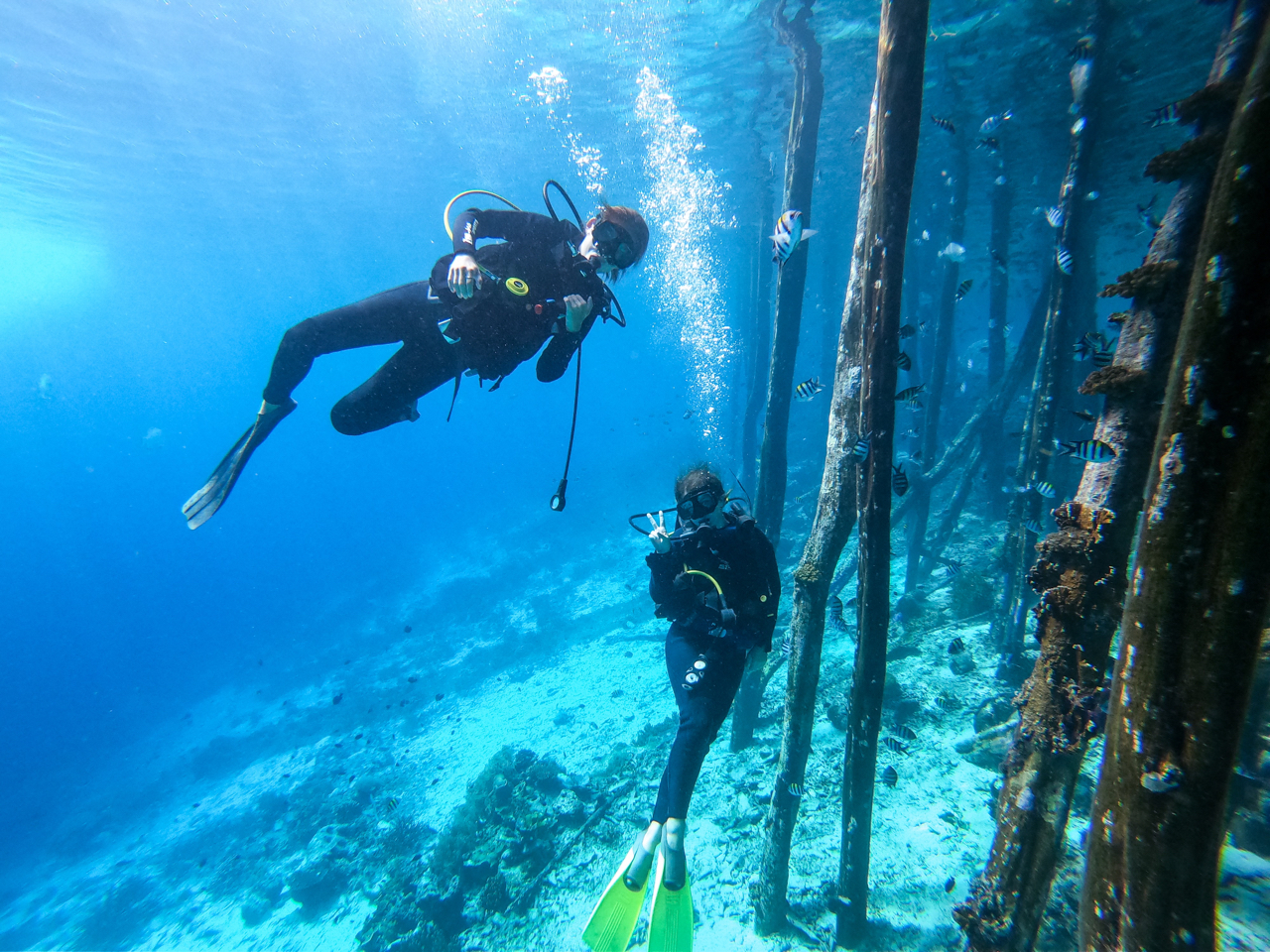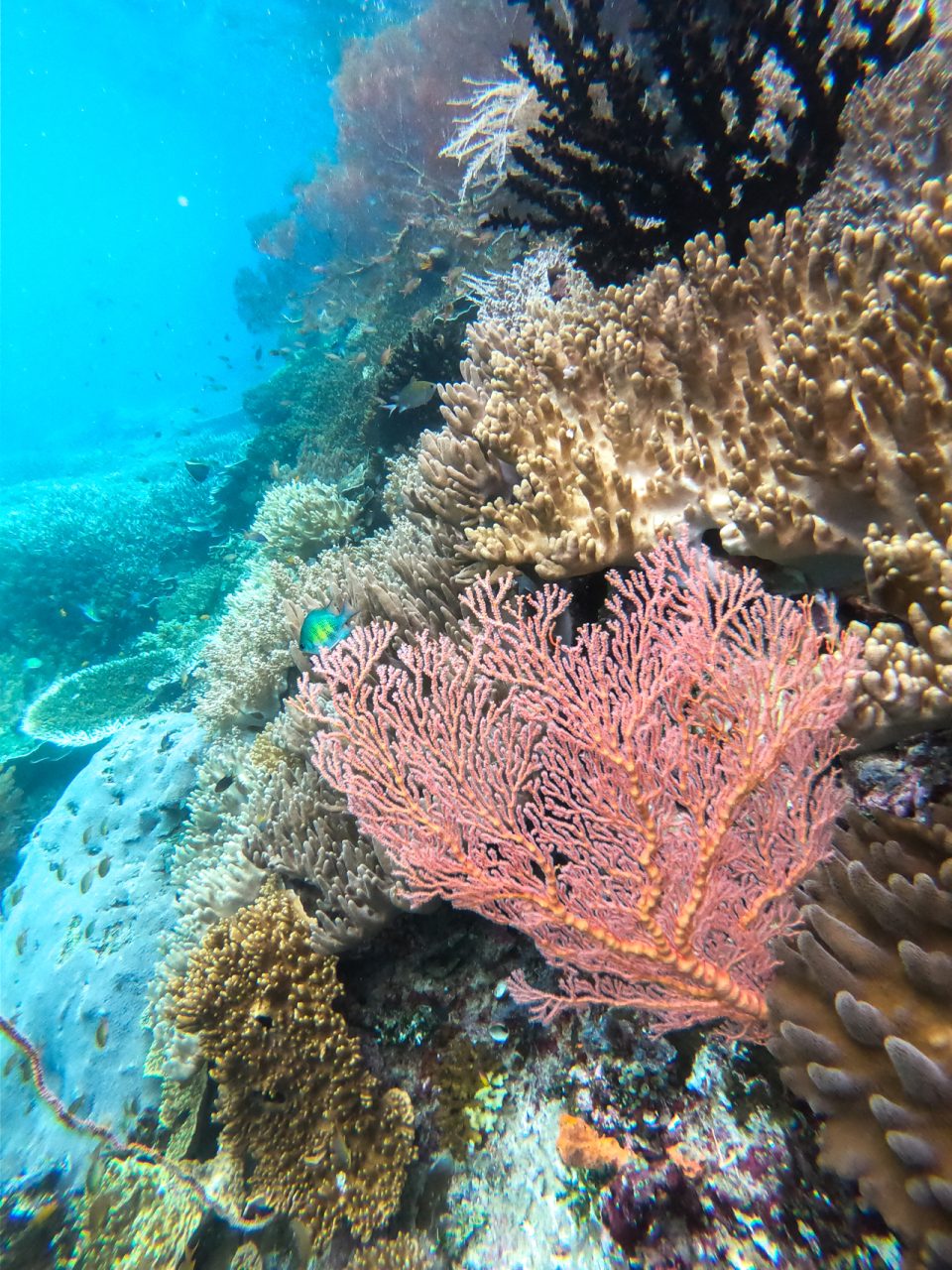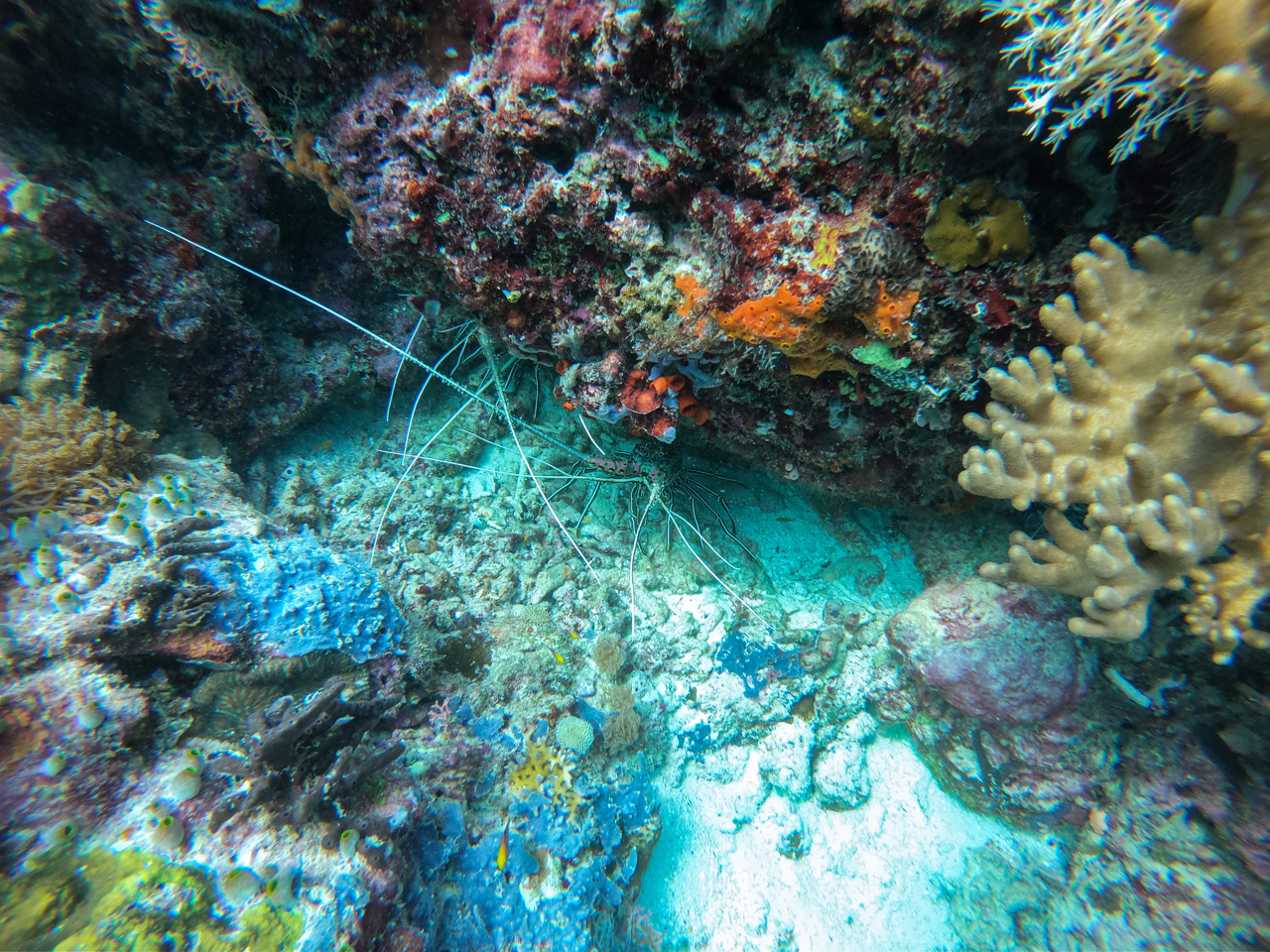Raja Ampat, located in the heart of the Coral Triangle in Indonesia, is renowned as one of the world’s top diving destinations. It boasts an abundance of marine biodiversity, vibrant coral reefs, and stunning underwater landscapes. Among the numerous incredible dive sites in Raja Ampat, there are a few sites that really stand out.
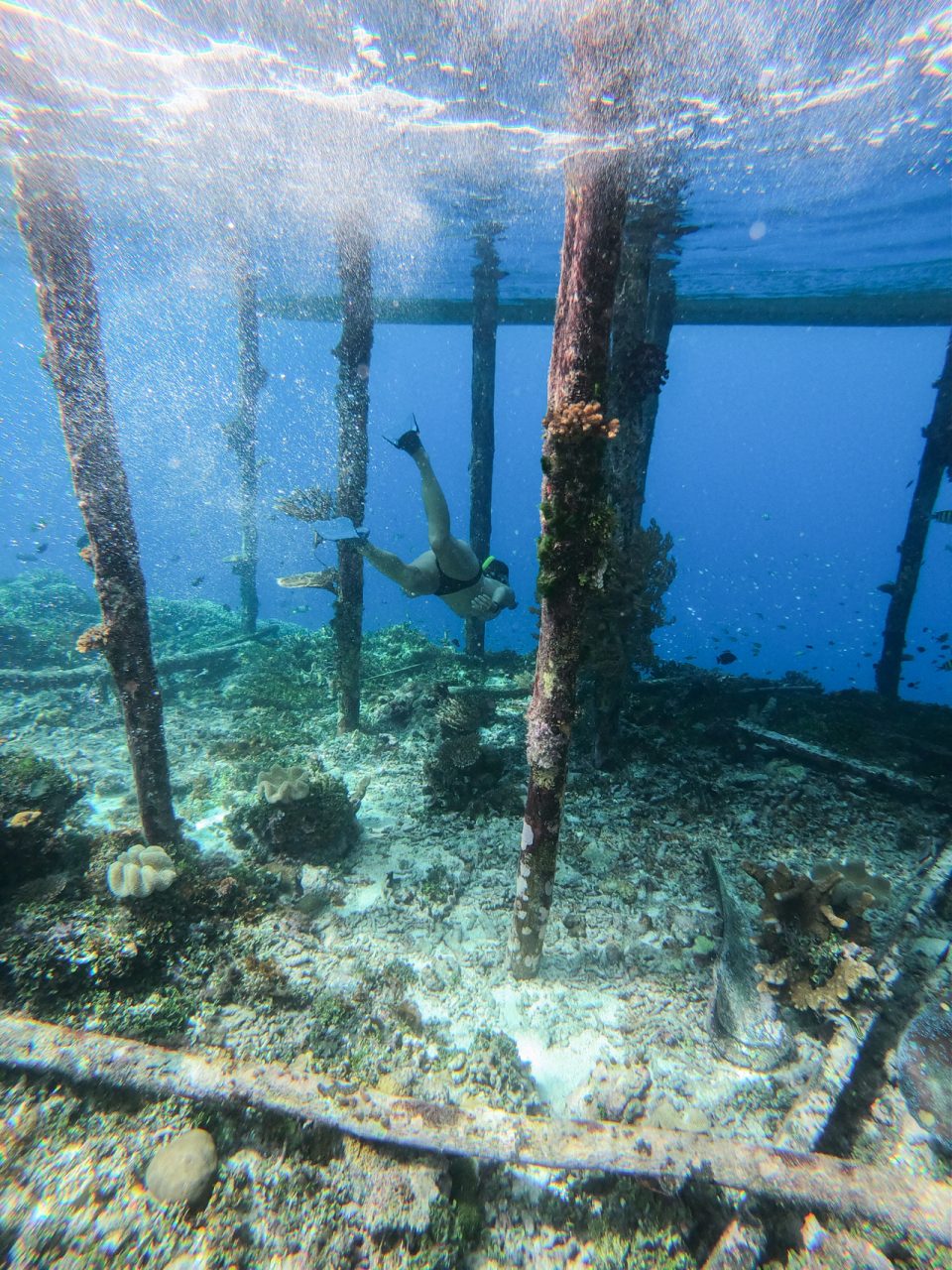
1. CAPE KRI
Cape Kri is a legendary dive site in Raja Ampat known for its record-breaking marine life encounters. It holds the world record for the highest number of fish species spotted in a single dive—374 species!
Here’s what you can expect:
Marine Life: Cape Kri offers an awe-inspiring display of fish diversity, including schools of barracudas, jacks, snappers, and surgeonfish. Keep an eye out for reef sharks, turtles, and occasional sightings of mantas and eagle rays.
Coral Reefs: The reef walls at Cape Kri are adorned with vibrant hard and soft corals. You’ll encounter enormous gorgonian sea fans, colorful sponges, and numerous critters hiding among the coral branches.
Currents: Due to its location near the Dampier Strait, Cape Kri can experience strong currents. These currents bring an abundance of nutrients, attracting a vast array of marine life.
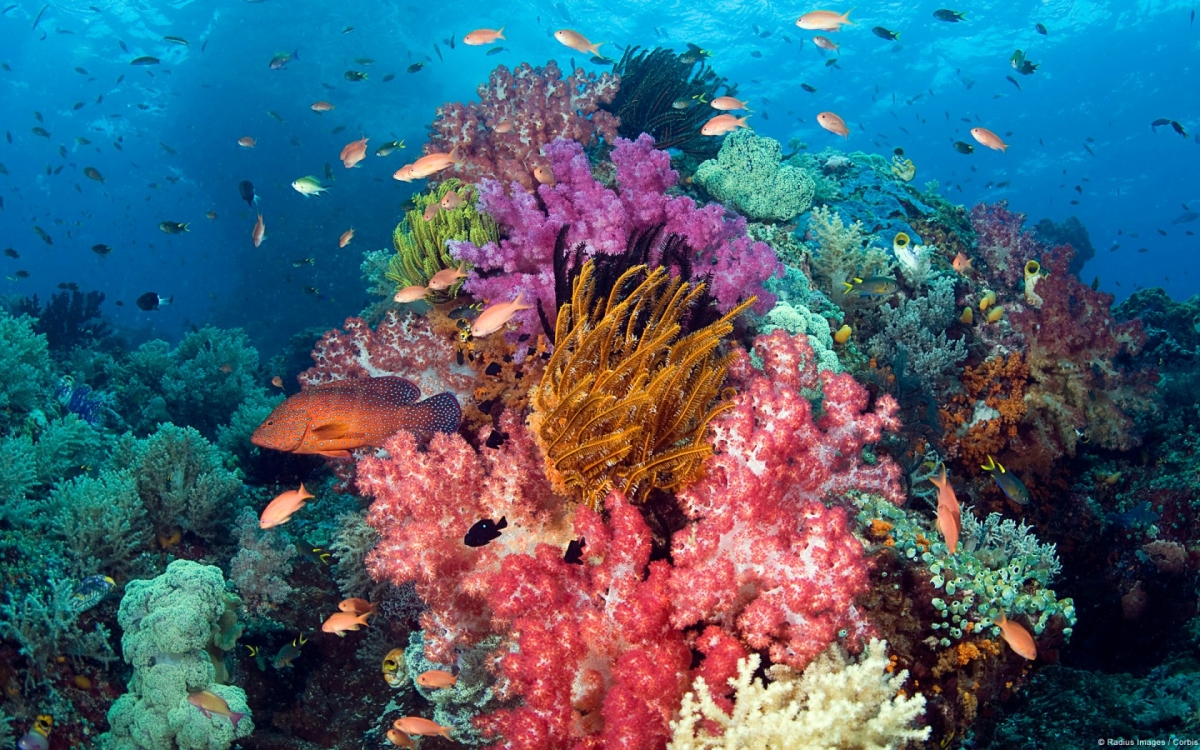
2. CHICKEN REEF
Chicken Reef, also known as Mioskon, is a delightful dive site known for its diverse marine ecosystem and stunning coral formations.
Here’s what makes it special:
Macro Wonderland: Chicken Reef is a paradise for macro photographers and critter enthusiasts. Look out for tiny seahorses, pipefish, nudibranchs, and colorful reef fish hiding in the coral crevices.
Coral Gardens: The reef topography at Chicken Reef is characterized by an extensive garden of hard and soft corals. You’ll witness an explosion of colors as you navigate through an underwater maze of vibrant coral formations.
Shallow Dives: Chicken Reef features shallow areas, making it suitable for divers of all experience levels. Snorkelers will also appreciate the shallow depths and rich marine life found in the crystal-clear waters.
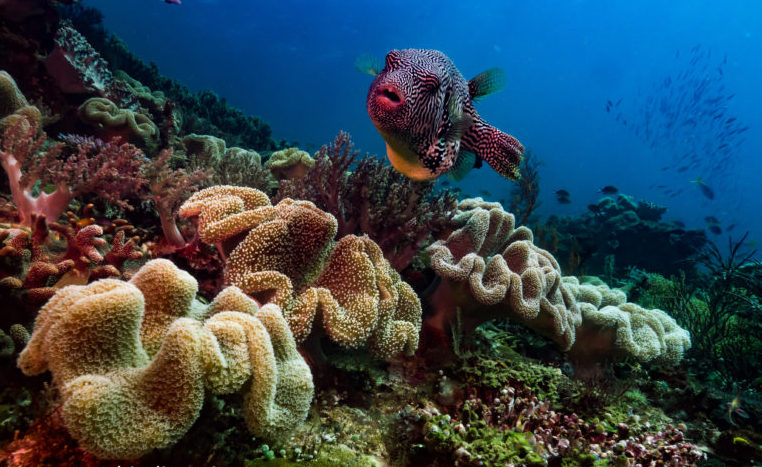
3. SAWAN DAREK
Sawan Darek is a hidden gem among the dive sites in Raja Ampat. With its striking underwater topography and abundant marine biodiversity, it offers a truly memorable diving experience:
Fish: The pinnacles of Sawan Darek are teeming with marine life. Expect encounters with schools of fusiliers, bannerfish, surgeonfish, and sweetlips. You might even spot larger species like barracudas and reef sharks patrolling the area.
Sea Turtles: The waters of Sawan Darek are home to massive sea turtles! They are so graceful as they soar through the water.
Wobbegong Sharks: Keep an eye out for the Tassled Wobbegong Shark! These bottom dwelling sharks are hard to spot as they blend into the sea floor, but a great guide will help point them out!
Photography Opportunities: The impressive underwater topography and vibrant marine life make Sawandarek an excellent spot for underwater photography. Capture stunning wide-angle shots or focus on intricate macro subjects.
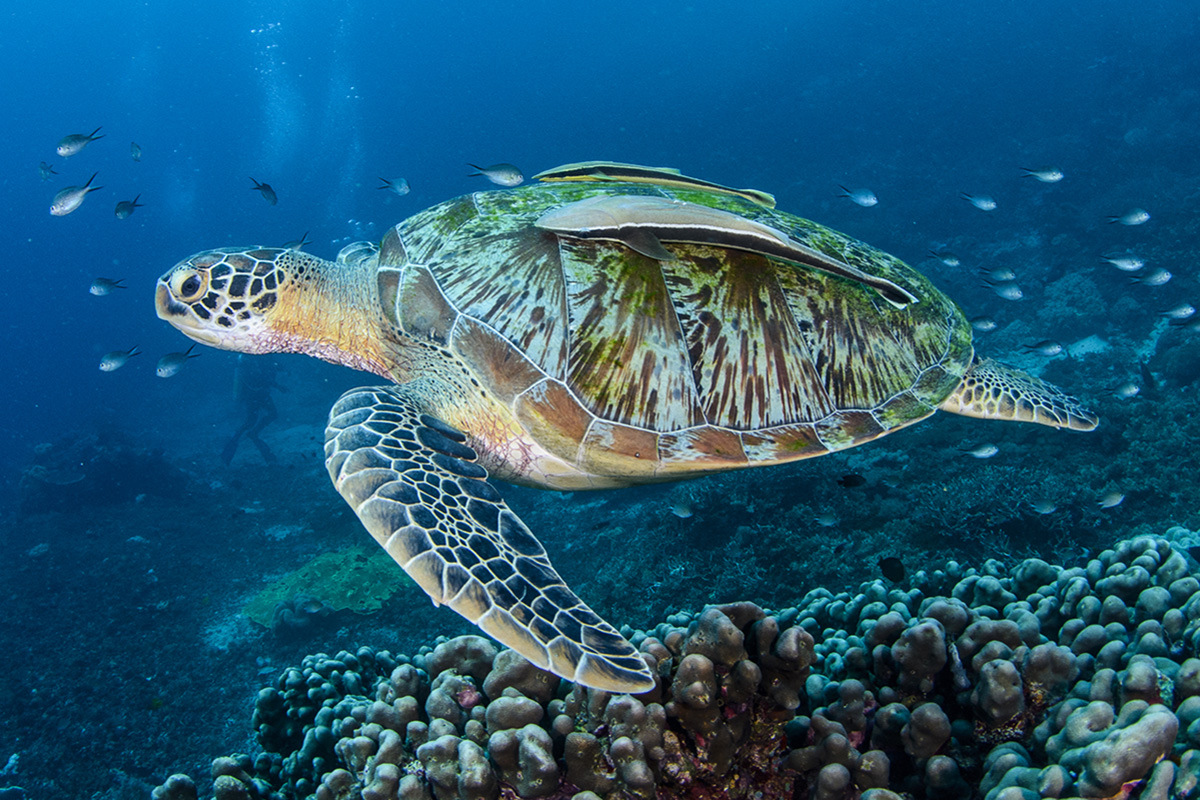
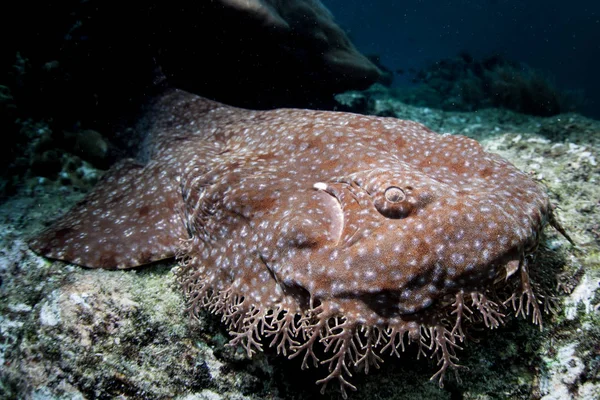
4. YENBUBA JETTY
Yenbuba Jetty is a unique and accessible dive site right off the Yenbuba Village. It is a great beginner dive, as you can stay in a shallower area (8 metres) and still an abundance of marine life.
Here’s what you can expect when diving at Yenbuba Jetty:
Critter Paradise: Yenbuba Jetty is renowned for its incredible macro life. Underneath the jetty, you’ll find a plethora of critters such as colorful nudibranchs, pipefish, seahorses, and various species of shrimp and crabs. Keep an eye out for the elusive Rhinopias and mimic octopus.
Night Dives: Yenbuba Jetty is an excellent spot for night diving. Witness the transformation of the underwater world as nocturnal creatures like bobtail squids, Spanish dancers, and hunting lionfish come out to play.
Jetty Structure: The jetty structure itself is covered in soft corals and sponges, providing a beautiful backdrop for underwater photography. Explore the nooks and crannies of the pillars and beams to discover hidden little critters and fish.
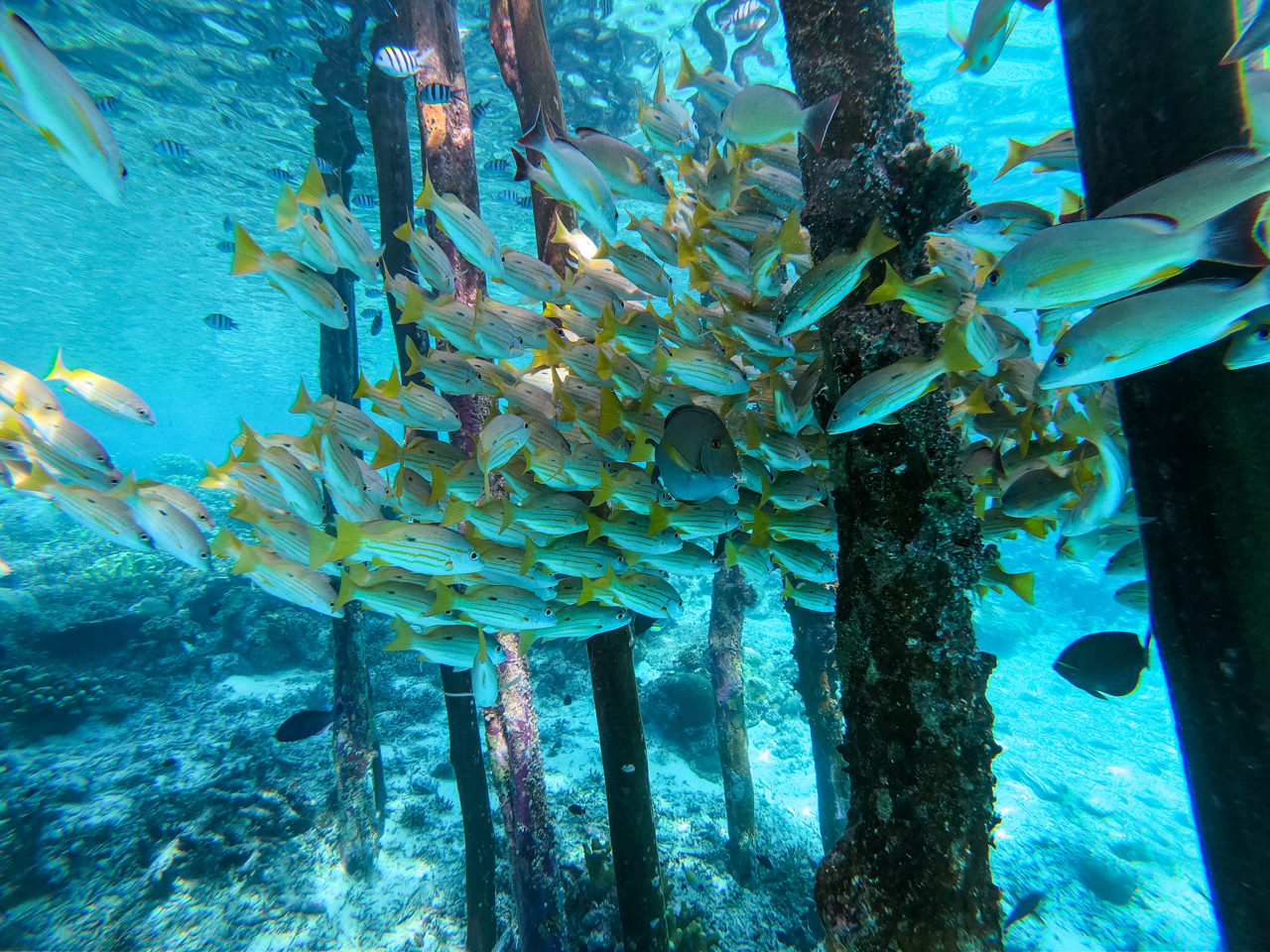
5. MANTA POINT
Manta Point is a thrilling dive site where you can witness the graceful and majestic manta rays in their natural habitat.
Here’s what makes Manta Point an extraordinary diving experience:
Manta Ray Encounters: Manta Point is known for its frequent manta ray sightings. These gentle giants can often be seen gliding through the water, feeding or getting cleaned by cleaner fish. Snorkelers can also enjoy up-close encounters with these impressive creatures.
Cleaning Stations: Manta Point features cleaning stations where mantas come to get rid of parasites. Observe as cleaner wrasses and other fish meticulously clean the mantas, creating a fascinating interaction to witness.
Coral Gardens: While waiting for mantas, take time to explore the vibrant coral gardens at Manta Point. Admire the colourful hard and soft corals, sponges, and sea fans, which provide shelter and food for a variety of marine life.
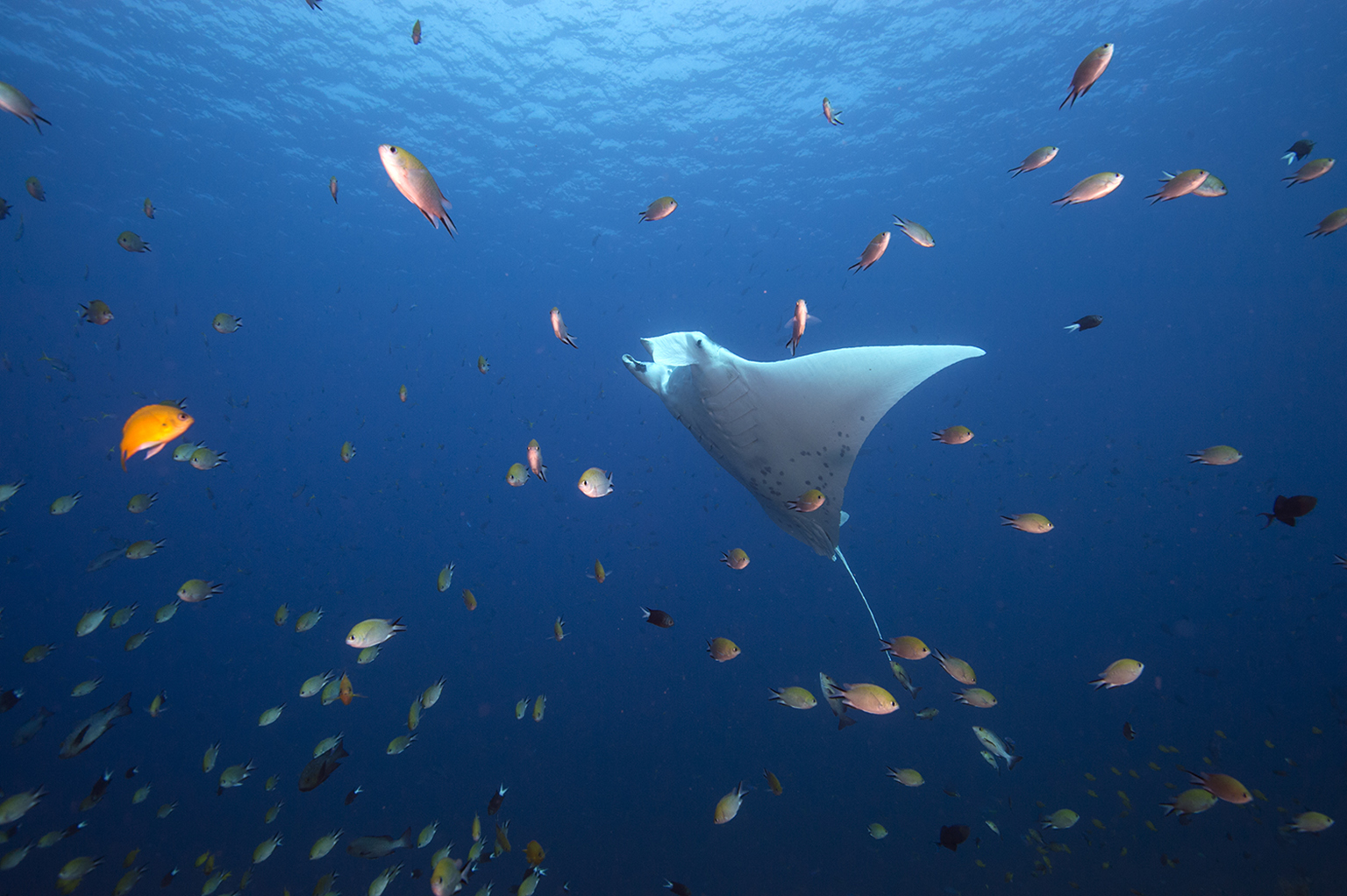
GENERAL RAJA AMPAT INFORMATION
Dive Season: The best time to visit Raja Ampat is between October and April, when the weather and sea conditions are favourable. This is also manta season!
Dive Operators: Ensure you choose a reputable dive operator with experienced guides who are knowledgeable about the area and can enhance your diving experience. We stayed & dove with Lumba Lumba Guest House on Kri Island, and had an amazing experience!
Marine Conservation: Respect the delicate marine ecosystem by practicing responsible diving. Do not touch or disturb the marine life, and be mindful of your buoyancy to avoid damaging the corals.
To read our full guide about travelling to & visiting Raja Ampat, click here!
